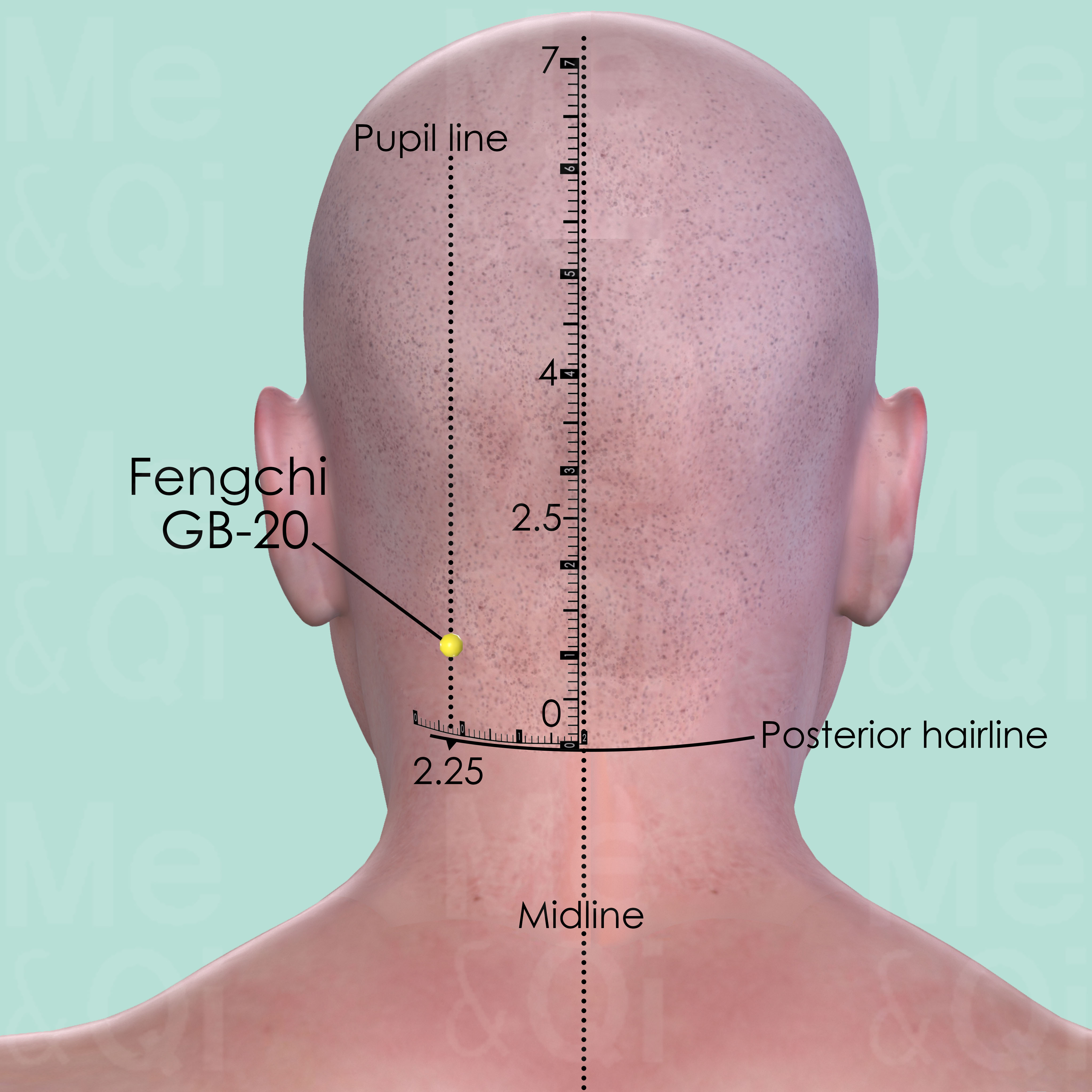Ear Congestionaccording to TCM
Symptom family: Ear Disorders and Symptoms
What is Ear Congestion?
Ear congestion, the uncomfortable sensation of fullness or pressure in the ear, often occurs when the Eustachian tube, which connects the middle ear to the back of the throat, becomes blocked.
This blockage can result from various factors, such as colds, infections, or allergies, leading to a buildup of fluid and air pressure that can affect hearing. The discomfort can range from a mild annoyance to severe pain, and it may be accompanied by tinnitus, dizziness, and hearing difficulties.
How does TCM view Ear Congestion?
Traditional Chinese Medicine (TCM) interprets ear congestion as an obstruction of Qi, the vital life force, and Blood within the ear's Channels, or energetic pathways.
According to TCM, the ears are closely linked with the Kidneys, and congestion may arise from an imbalance in Kidney Qi, often due to invasion by external pathogenic factors like Wind or Cold. The fundamental approach in TCM is to diagnose the specific pattern of disharmony, such as a deficiency or stagnation, as this determines the precise treatment to restore balance and open the flow of Qi and Blood to the area.
Acupoints for Ear Congestion
In TCM, acupuncture is frequently employed to alleviate ear congestion. The selection of acupoints is customized to the individual's pattern of disharmony. For example, the acupoint Fengchi GB-20 is a powerful point for ear-related issues. Located in the hollow between the neck muscles, just under the occipital bone, stimulating Fengchi GB-20 is believed to expel pathogenic Wind, subdue Liver Yang, and directly benefit the ears.
This point is often incorporated into treatments aiming to reduce congestion and restore the free flow of Qi and Blood to the ears, thus relieving pressure and discomfort.
See more details below about Fengchi GB-20, an acupoint used to address ear congestion.
- By Meridian
- Gall Bladder Channel

Fengchi GB-20
In the posterior aspect of the neck, below the occipital bone, in the depression between the upper portion of sternocleidomastoid and trapezius muscle.
